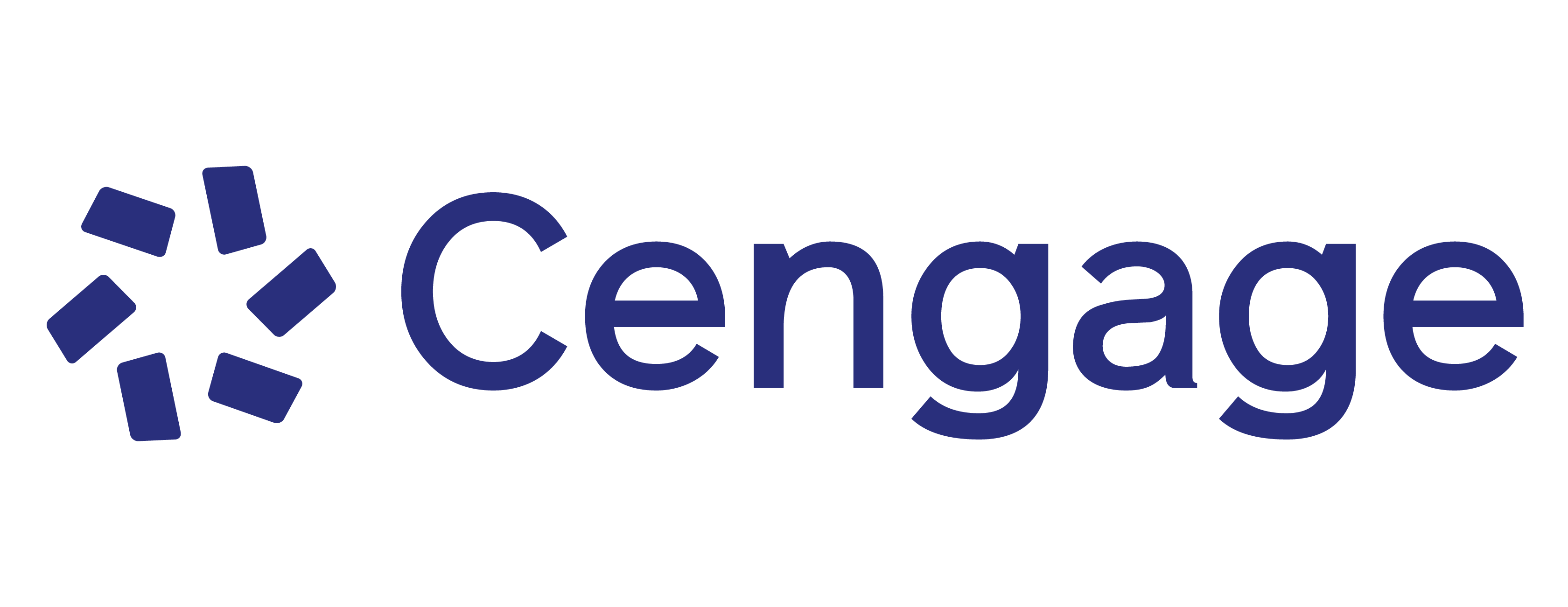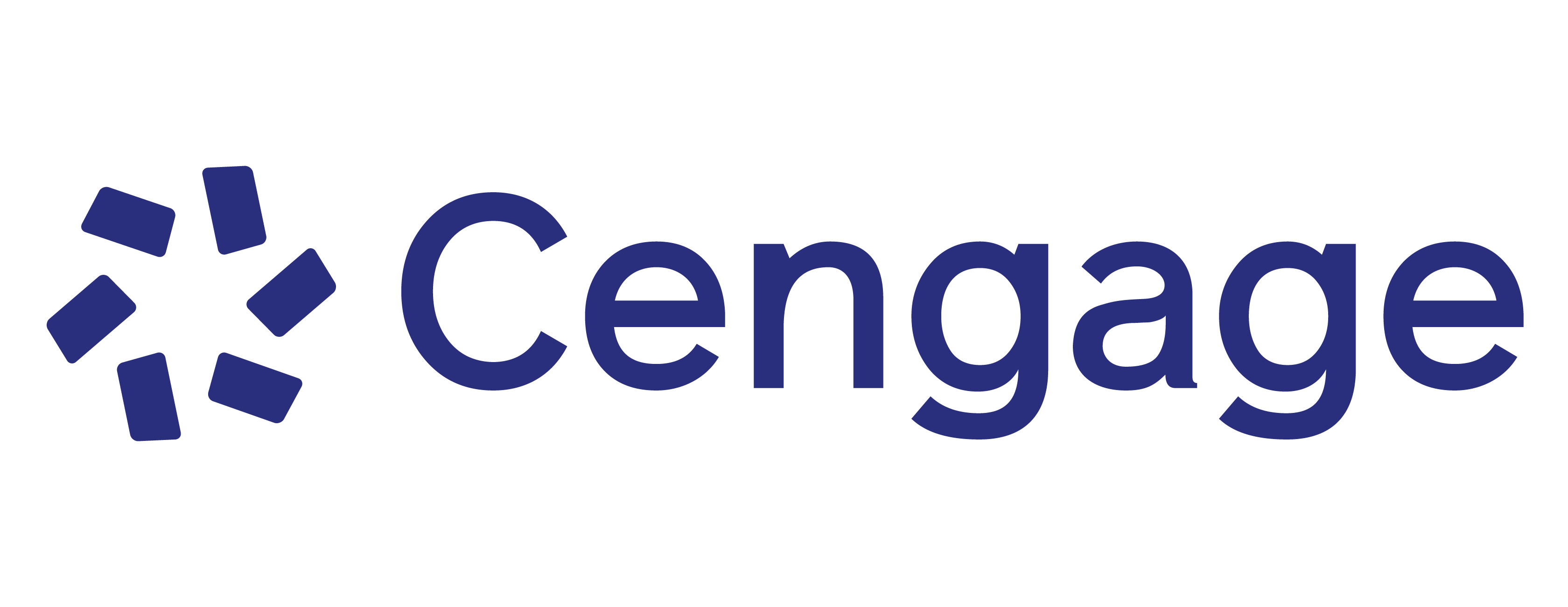Renowned for its student-friendly writing style and fresh perspective, this fully updated Third Edition of John McMurry's ORGANIC CHEMISTRY WITH BIOLOGICAL APPLICATIONS provides full coverage of the foundations of organic chemistry--enhanced by biological examples throughout. In addition, McMurry discusses the organic chemistry behind biological pathways. New problems, illustrations, and essays have been added. Media integration with OWL for Organic Chemistry, a customizable online learning system and assessment tool, reduces faculty workload, facilitates instruction, and helps students master concepts through tutorials, simulations, and algorithmically-generated homework questions.
1. Structure and Bonding.
2. Polar Covalent Bonds; Acids and Bases.
3. Organic Compounds: Alkanes and Their Stereochemistry.
4. Organic Compounds: Cycloalkanes and Their Stereochemistry.
5. Stereochemistry at Tetrahedral Centers.
6. An Overview of Organic Reactions.
7. Alkenes and Alkynes.
8. Reactions of Alkenes and Alkynes.
9. Aromatic Compounds.
10. Structure Determination: Mass Spectrometry, Infrared Spectroscopy, and Ultraviolet Spectroscopy.
11. Structure Determination: Nuclear Magnetic Resonance Spectroscopy.
12. Organohalides: Nucleophilic Substitutions and Eliminations.
13. Alcohols, Phenols, and Thiols; Ethers and Sulfides: A Preview of Carbonyl Chemistry
14. Aldehydes and Ketones: Nucleophilic Addition Reactions.
15. Carboxylic Acids and Nitriles.
16. Carboxylic Acid Derivatives: Nucleophilic Acyl Substitution Reactions.
17. Carbonyl Alpha-Substitution and Condensation Reactions.
18. Amines and Heterocycles.
19. Biomolecules: Amino Acids, Peptides, and Proteins.
20. Amino Acid Metabolism.
21. Biomolecules: Carbohydrates.
22. Carbohydrate Metabolism.
23. Biomolecules: Lipids and Their Metabolism.
24. Biomolecules: Nucleic Acids and Their Metabolism.
e25. Secondary Metabolites: An Introduction to Natural Products Chemistry.
e26. Orbitals and Organic Chemistry: Pericyclic Reactions.
e27. Synthetic Polymers.
-
John E. McMurry
John E. McMurry received his B.A. from Harvard University and his Ph.D. at Columbia University. He is a Fellow of the American Association for the Advancement of Science, and an Alfred P. Sloan Research Foundation Fellow. He has received several awards, which include the National Institutes of Health Career Development Award, the Alexander von Humboldt Senior Scientist Award, and the Max Planck Research Award. In addition to ORGANIC CHEMISTRY, he is also the author or coauthor of ORGANIC CHEMISTRY: A BIOLOGICAL APPROACH, FUNDAMENTALS OF ORGANIC CHEMISTRY, THE ORGANIC CHEMISTRY OF BIOLOGICAL PATHWAYS.
-
WHY THIS CHAPTER? now begins each chapter; it is a brief introduction about the material being covered, why it is important and how the organic chemistry in the chapter relates to biological chemistry.
-
Figure and table references in the text are now in color to help reference them. All figure legends now begin with a boldface title to help students easily identify their content.
-
SOMETHING EXTRA essays end each chapter and tie the chapter content to relevant real-world material. Some new essays include, "Organic Foods," and "Dental Anesthetics."
-
Many new problems have been included at the end of chapters.
-
Some new content includes: Mercury-catalyzed alkyne hydration (Chapter 8); Enols and tautomerization (Chapter 8); Conversion of alcohols to alkyl fluorides (Chapter 12); Organic coupling reactions (Chapter 12); Base-induced epoxide cleavage (Chapter 13); Killiani-Fischer and Whol degradation (Chapter 21); Prostaglandins and other eicosanoids (Chapter 23).
-
An increase in the number of Organic OWL questions for the online homework system.
-
WHY THIS CHAPTER? now begins each chapter; it is a brief introduction about the material being covered, why it is important and how the organic chemistry in the chapter relates to biological chemistry.
-
Figure and table references in the text are now in color to help reference them. All figure legends now begin with a boldface title to help you easily identify their content.
-
SOMETHING EXTRA essays end each chapter and tie the chapter content to relevant real-world material. Some new essays include, "Organic Foods," and "Dental Anesthetics."
-
The #1 online homework and learning system for chemistry, OWLv2, may be required by your instructor for this course. OWLv2 now has these new features and enhanced functionality for students: introductory assignments prepare you to use the system; a new chemistry palette for easy input of chemical formulas; a new structure drawing tool; easy, intuitive assignment navigation; "Are You Sure" window alerts you to errors prior to answer submission; Personalized Study tools to focus your time on the key concepts and skills that you need to learn, and MindTap Reader™, a new eBook with apps and embedded video, OWLv2 courses for Gen Chem, GOB, Organic, and Liberal Arts now include Quick Prep assignments that help you learn essential skills to succeed. For this course, OWLv2 also includes new interactive versions of the end-of-chapter questions from the text and new iPad-compatible visualizations and tutorials.
-
EARLIER COVERAGE OF STEREOCHEMISTRY AND SPECTROSCOPY. Chirality and stereochemistry at tetrahedral centers, a topic crucial to understanding biological chemistry, appears early in Chapter 5.
-
ENHANCED PROBLEMS. To enhance problem-solving and visualization skills, McMurry uses many multi-step problems and reduces the number of drill-type problems.
-
VERTICAL FORMAT FOR CHEMICAL AND BIOCHEMICAL REACTION MECHANISMS. Mechanisms are printed with action steps vertically, alongside annotations for each step next, so students can see what is occurring at each step in a reaction without having to jump back and forth between the text and structures.
-
VISUALIZATION OF BIOLOGICAL REACTIONS. McMurry "ghosts" the non-reacting parts of biological reactions to focus student attention on the reacting parts in large molecules, so they can more easily visualize changes that occur during reactions of large biomolecules.
-
"WHY THIS CHAPTER?" INTRODUCTIONS. A brief paragraph in each chapter introduction tells students why the material about to be covered is important and explains how the organic chemistry in each chapter relates to biological chemistry.
-
EARLIER COVERAGE OF STEREOCHEMISTRY AND SPECTROSCOPY. Chirality and stereochemistry at tetrahedral centers, a topic crucial to understanding biological chemistry, appears early in Chapter 5.
-
ENHANCED PROBLEMS. To enhance problem-solving and visualization skills, McMurry uses many multi-step problems and reduces the number of drill-type problems.
-
VERTICAL FORMAT FOR CHEMICAL AND BIOCHEMICAL REACTION MECHANISMS. Mechanisms are printed with action steps vertically, alongside annotations for each step, so you can see what is occurring at each step in a reaction without having to jump back and forth between the text and structures.
-
"WHY THIS CHAPTER?" INTRODUCTIONS. A brief paragraph in each chapter introduction tells you why the material about to be covered is important and explains how the organic chemistry in each chapter relates to biological chemistry.
-
VISUALIZATION OF BIOLOGICAL REACTIONS. McMurry "ghosts" the non-reacting parts of biological reactions to focus your attention on the reacting parts in large molecules, so you can more easily visualize changes that occur during reactions of large biomolecules.
Cengage Testing, powered by Cognero® for McMurry's Organic Chemistry with Biological Applications
9781305258471
Cengage Testing, powered by Cognero® for McMurry's Organic Chemistry with Biological Applications, Instant Access
9781305258464
Instructor's Companion Website for McMurry's Organic Chemistry: With Biological Applications
9781305087989
Student Solutions Manual for McMurry's Organic Chemistry: With Biological Applications
9781305087996


